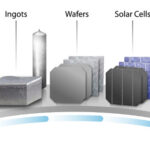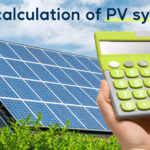When electricity prices and energy such as oil and natural gas become more and more expensive, it becomes more and more important and urgent to find alternative energy sources. The most popular and efficient renewable energy source is solar energy, which is not only very friendly to the environment, but also a very profitable investment project and guarantees you a greater degree of independence from central energy suppliers.
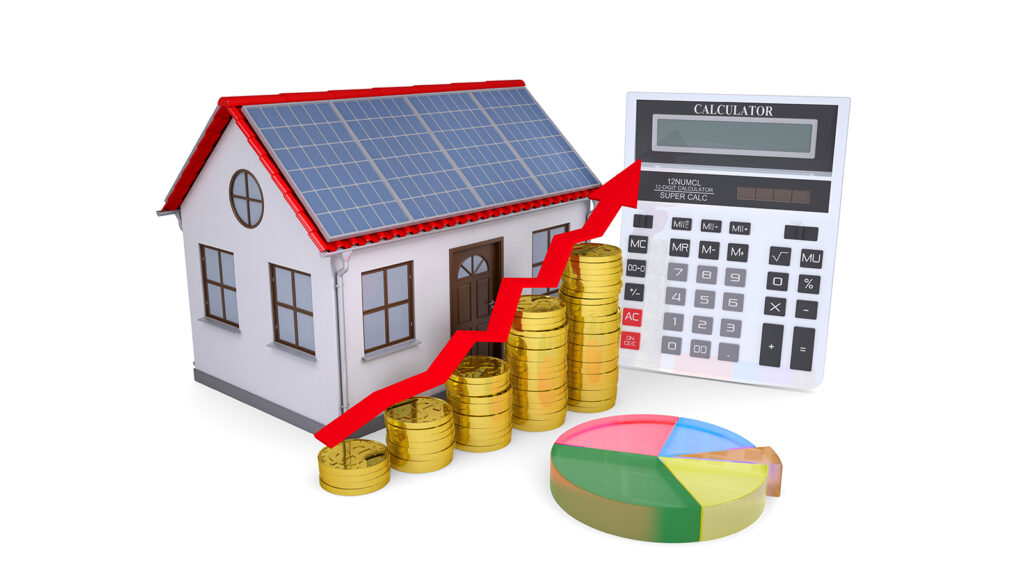
What is the PV investment payback period?
The PV payback period is the time until you save as much on your electricity bill as you paid for your solar panel system. We think of it as a calculator that helps you determine how long it will take to break even on your initial solar power investment.
You can start calculating your PV payback period from the total cost of installing your solar panels, minus any incentives or subsidies you receive. Then divide the remaining bill by your monthly electricity savings until you reach the amount you originally spent. For example:
EUR 15,000 (cost of installing a household PV system) – EUR 5,000 (subsidies or incentives received) = investment cost of EUR 10,000
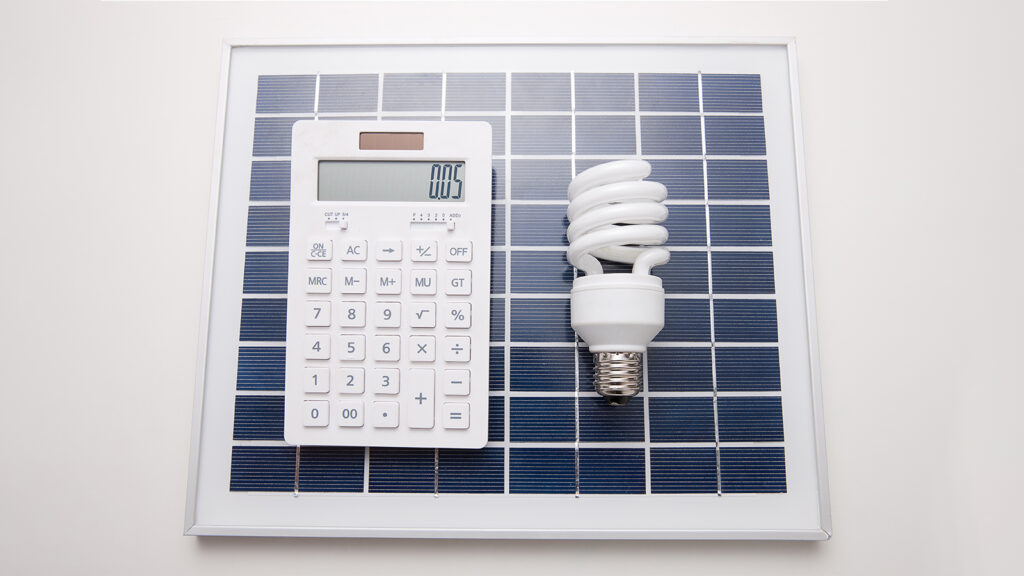
Assuming that we can save 1250 euros per year (the photovoltaic system reduces the energy cost of about 100 euros per month x 12 months), then the investment cost of 10000 euros / the energy cost of 1250 euros saved per year = 8 years of photovoltaic investment payback period
Of course, this calculation is only an estimate that the photovoltaic system also needs to be maintained and cleaned under the condition that the electricity bill will not rise, and there is no option to connect to the grid, so the time for the return on investment will be extended or shortened.
A well-designed photovoltaic power plant can pay for itself within 7-9 years on average. When a company makes an offer, it usually gives consumers a simulated payback period.
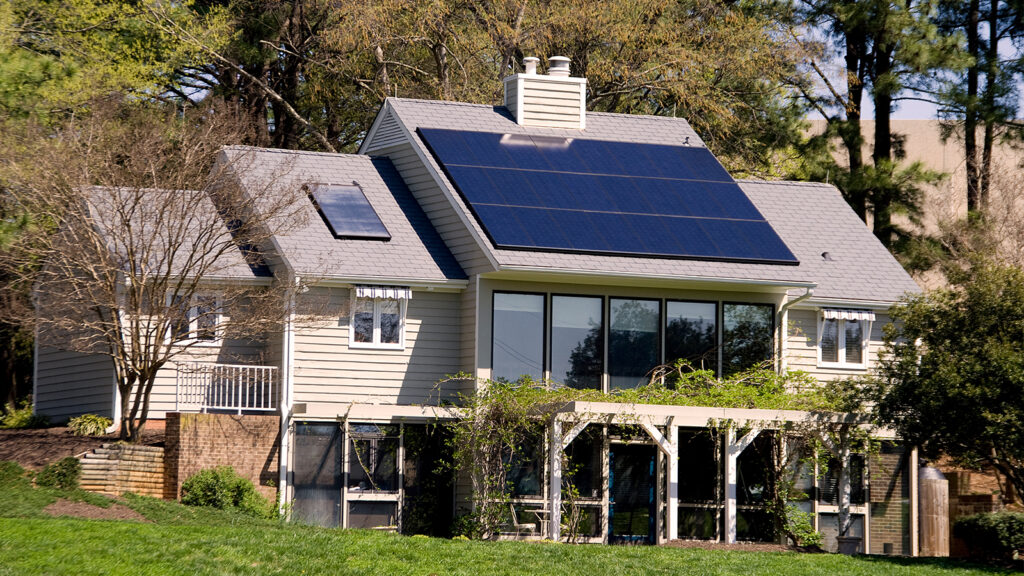
How to choose the mode of household photovoltaic system
There are three options for connecting solar photovoltaic power generation to the grid:
1. All self-generated and self-used (all the generated electricity is used by oneself), total income = local electricity price X total power generation + subsidy
2. Spontaneous self-use, surplus electricity online (priority for self-use, excess electricity sold to the country), total income = self-generated electricity X local electricity price + on-grid electricity X selling electricity price + subsidy
3. All the electricity generated is sold to the state (all the generated electricity is sold to the country), and the total income = selling price X total electricity generated
Household solar power generation generally chooses the second type, that is, self-use, and the remaining electricity is connected to the grid. You can install a battery to store electricity), or you can directly use the electricity of the national grid when the electricity cannot be generated at night. At the same time, you can also check whether your country or region has photovoltaic subsidies. Some countries have subsidies per kilowatt-hour and one-time bonuses, so that you can calculate your cost of electricity per kilowatt-hour.
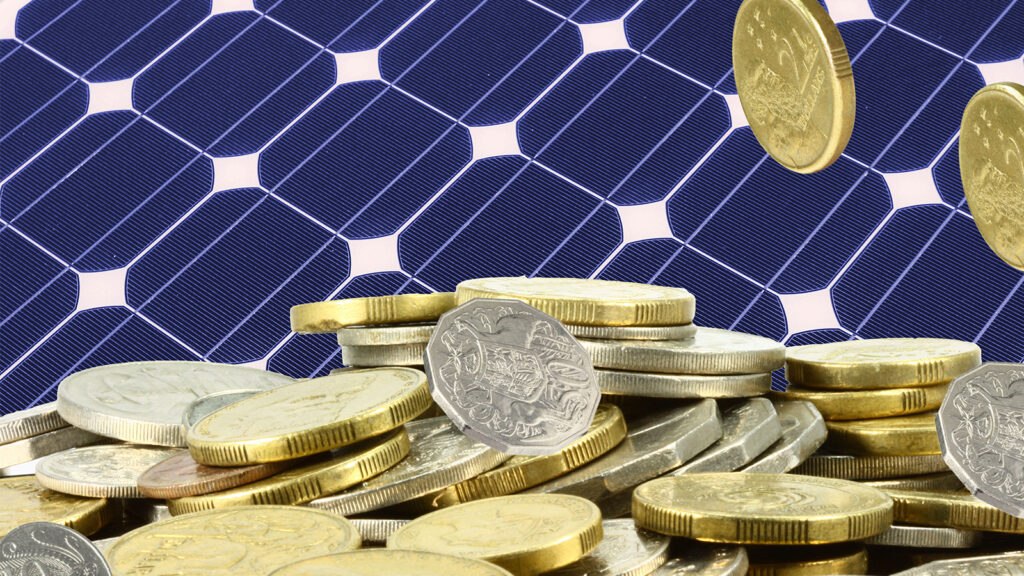
How do I choose a photovoltaic system for my home?
Maysun Solar provides you with a complete guide to buying photovoltaics.
Purchase Guide 1
These two complete guides for buying solar panels will definitely bring you closer to photovoltaic panels and eliminate your doubts!
If you have any questions or want to buy high quality solar panels, please do not hesitate to contact Maysun Solar.


